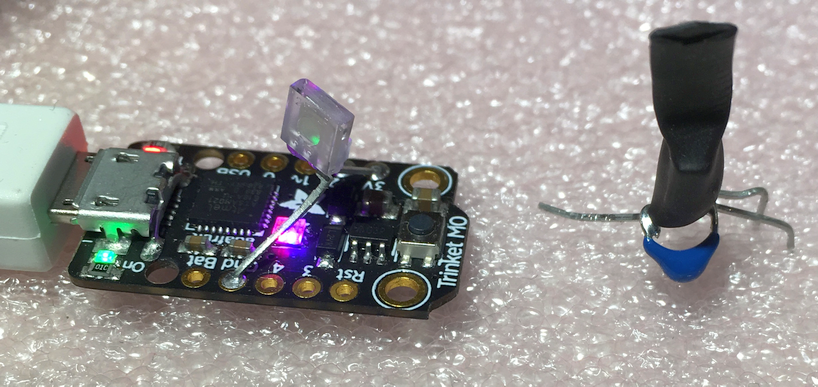Let me first say that I also have “fast eyes”. It was not that long ago that I would be the only one in the lab complaining to people with CRT screens because their refresh rates wee too low. However, you have a basic misconception.
It is simply not physically possible for a human to perceive anything above 250Hz. Unless you are a bird (whose eyes are about twice as fast as ours for obvious reasons), it’s extremely unlikely that you can perceive anything above 100Hz. Even for a bird, visual fusion is rather certain above 150Hz.
The main reason that some of us apparently perceive “flicker” at higher frequencies than those, is because we have multiple flickering devices around us, each one at slightly different frequencies. These flickering patterns “beat” with each other in our eyes and we perceive the flicker at this much lower beat frequency.
Although the actual frequency does have some influence (light-sensing molecules, phosphors, and hole-electron pairs can only react so fast), there are two basic aspects that make this problem troublesome for sources above 100Hz:
- the “depth” of the flicker, or the relation between minimum and maximum luminosity.
- the closeness of the flicker frequencies, if these are more than ~100Hz apart the beat frequency would not be perceived.
That’s why we don’t perceive the flicker of incandescent bulbs (100Hz or 120Hz depending on your country), as the thermal inertia is enough to filter it to nearly nothing. But the same 120Hz/100Hz flicker in a fluorescent can drive some people up a wall (particularly when coupled with a CRT flickering at 65Hz).
That said, almost any phone camera has shutter speeds above 1/1000s (iPhones get to 1/10000s). That’s much more than fast enough to comfortably detect flickers in excess of 250Hz. But, for much faster frequencies, if the depth of the flicker is the actual issue, even the fastest camera wouldn’t be enough.
A related phenomena, the stroboscopic effect, is caused by the combination of flicker and very fast eye motion (sacades). Even in this case 2kHz is considered the limit of the phenomena, and it would only be elicited by flicker that is distinct from the background illumination. This effect is only important for the design of display devices but the terminology used might confuse the issue.
However, you can put together a simple “light oscilloscope” by either modifying an existing < $50 cheap scope, or by simply attaching a photo diode or even just an LED to it (LEDs can work as photodiodes in a pinch). This will be slow, but likely fast enough for this application.
To make it faster, you would just need either to add a current amplifier, or simply a single resistor to some supply within the scope (A photo transistor might work better in this case). You should be able to achieve hundreds ok kHz with this.


